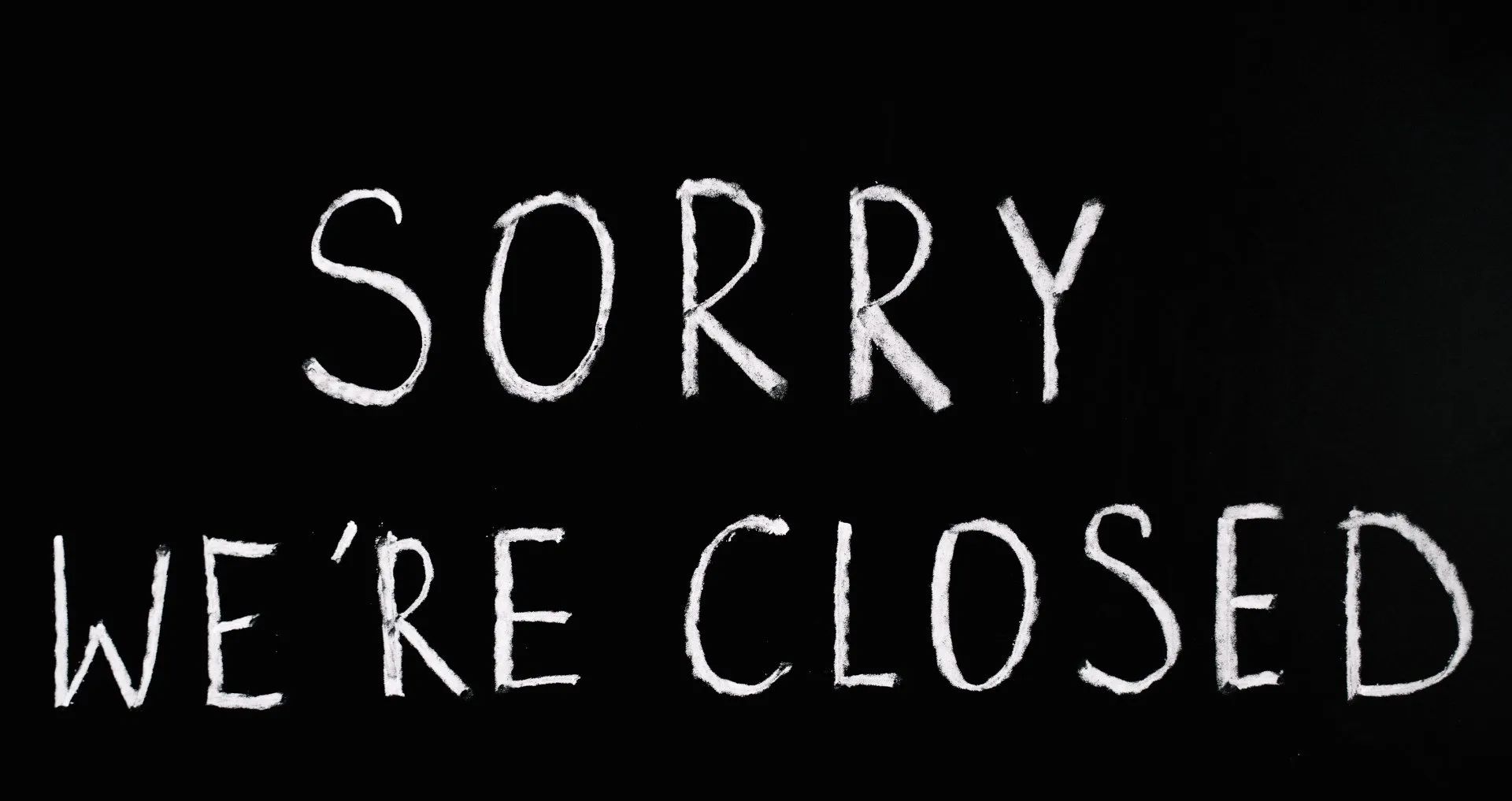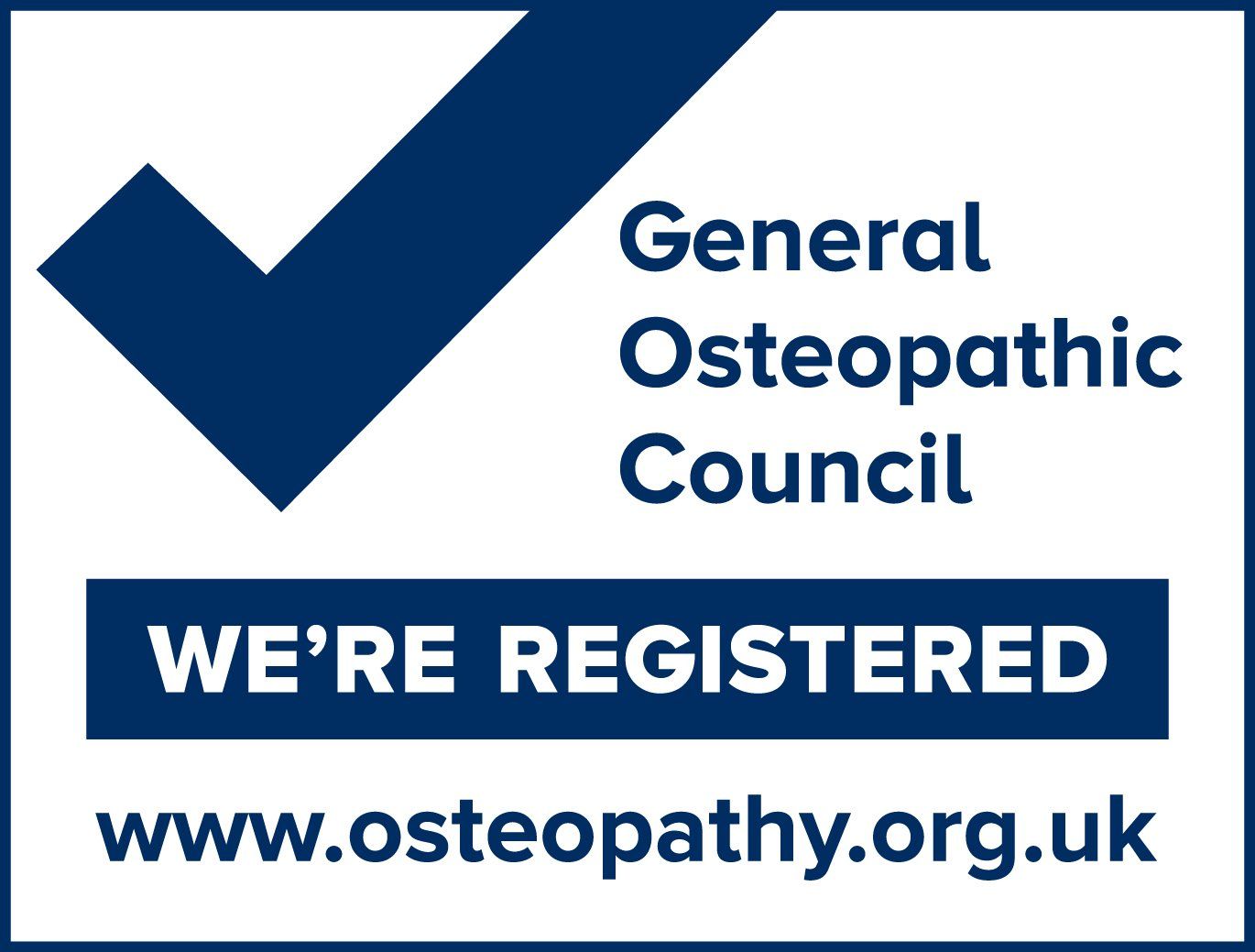Share this post

Summer is a busy time for osteopaths as it's a time of holidays and enjoying the garden.
People also tend to be more active with sporting activities during the summer.
CONTENTS
- Top tips to keep you pain free on your holiday this summer
- Clinic News
- Osteopathy and Obstetrics
- Bank Holiday Opening
Top tips to keep you pain free on you holiday this summer
1) Take time to adjust your car seat to make sure it is supporting your back, especially if embarking on a long car journey.
2) Break up a long car journey with plenty of stops, go for a walk around.
3) Bend your knees and lift luggage with a straight back when loading the boot. Avoid twisting your spine.
4) Luggage with wheels makes life a lot easier.
5) When flying, try to walk up and down the aisles. If your back is sore prolonged sitting can aggravate an existing back
condition.
6) Wear flight socks to keep your circulation healthy especially on a long-haul flight.
7) When sunbathing on a sun bed on your front put a rolled-up pillow under your abdomen to support your lower back
and rest your feet on a rolled-up towel or item of clothing.
8) Keep hydrated.
See our Spring Newsletter for gardening tips.
CLINIC NEWS
We have lots to celebrate this year. As well as the usual round of birthdays we have: -
an engagement
(Becky and Hywel)
two weddings
(Gabe and Lara) (Kim and Ollie)
a new home
(Kim and Ollie)
a baby
(David and Becky)
Also our clinic will be 35 years old in October and we are trying to decide how to celebrate this anniversary. Please let us know if you have any suggestions.
. . . . . . . .
We are looking for another therapist to join our team, to use our therapist room i.e. no plinth. It will be suitable for someone using talking therapy e.g. counselling or speech therapy. Please email Angela Cavil on pontyosteos@gmail.com with your c.v. We are also looking for a new osteopath to join us.
Thank you to all who have left reviews of our practitioners and therapists. There is a box in reception with cards available to fill in if you would like to share your experience at our clinic.
OSTEOPATHY AND OBSTETRICS
“Structure governs function” is often quoted as being one of the more important tenets of osteopathy.
The concept is more easily understood if one thinks of a machine. If the machine is built correctly and regularly maintained, it will not break down. So it is with the human body, with its capacity for adaptation and autoregulation: we have the facility for enormous modification of our physiology according to the external circumstances or environment.
Pregnancy and the immediate postpartum period are excellent examples of the capacity to change, and the ability of a woman to change back to how things were physiologically before pregnancy once she has had her baby. Her body structure adapts to facilitate the physiological changes that she is undergoing. A “normal” pregnancy needs little medical intervention in what is essentially a physiological event. A “normal” pregnancy requires the services of the midwife, not the doctor.
Facilitating Change - One of the principal tenets of osteopathic medicine is that, given the correct set of circumstances, the body should be in a position to maintain health. If a patient has a bacterial infection, all an antibiotic drug will do is kill the bacteria and allow the body to heal. After a fracture, an orthopaedic surgeon will pin plate or set a broken bone, allowing a cast to be applied for structural stability, and then the healing takes place naturally.
When we treat a pregnant patient, she is in a physiological, not a pathological, state. We examine her and evaluate how she is undergoing that physiological change. We look principally at the musculoskeletal system because, being osteopaths, this is where we have been trained to place our emphasis. However, we do not do this exclusively.
We question her about her general health and her pregnancy health because she may well be in a subclinical state where symptoms have not yet made themselves felt. Also, as we are primary care practitioners, many patients self-refer to us, and thus we have to be in a position to know if it is safe to treat them or whether we need to refer them for further care. Just because a patient has thoracolumbar pain, it does not mean that the pain is of mechanical origin. It might be, but it might not.
Questioning her about her renal function and history might make you suspect that she has a kidney problem: for example, an infection that is giving her loin pain, and which needs to be referred to her family physician/GP or midwife.
Take a woman who, before pregnancy, had a short right leg, which gave her a minor organic scoliosis that changed direction at the thoracolumbar and cervicothoracic junctions. There may be rib crowding on the concavity of the curves as a result.
What effect, if any, is this going to have on her ability to change during the pregnancy? Osteopathic evaluation will highlight these areas of altered structure, and the judicious use of techniques aimed at improving areas that need to change will facilitate it happening. If we can do this in advance of that change being needed, then when it does eventually become necessary, it will be easier and more likely to happen without adverse events. Thus, our ambition to improve the potential for change, so as to reduce or remove any compromise to it, will have been achieved. (ref: Osteopathy and Obstetrics by Dr Stephen Sandler PhD DO FECert)
Consult us for:
Osteopathy :
Angela Cavil
Gabriel Emery
Kim Tuhill
Clinical
Hypnotherapy :
David Kerr
Reflexologist,
Holistic Therapies :
Linda Jones
Sports Massage
Therapy :
Waiyee Lai
Counselling :
Becky Williams
Jen Southon
Sex & Relationship
Counselling :
Rhi Kemp-Davies
BANK HOLIDAY OPENING TIMES
Sorry the clinic is CLOSED
Monday 28th August, 2023

SHARE POST
Recent Posts











